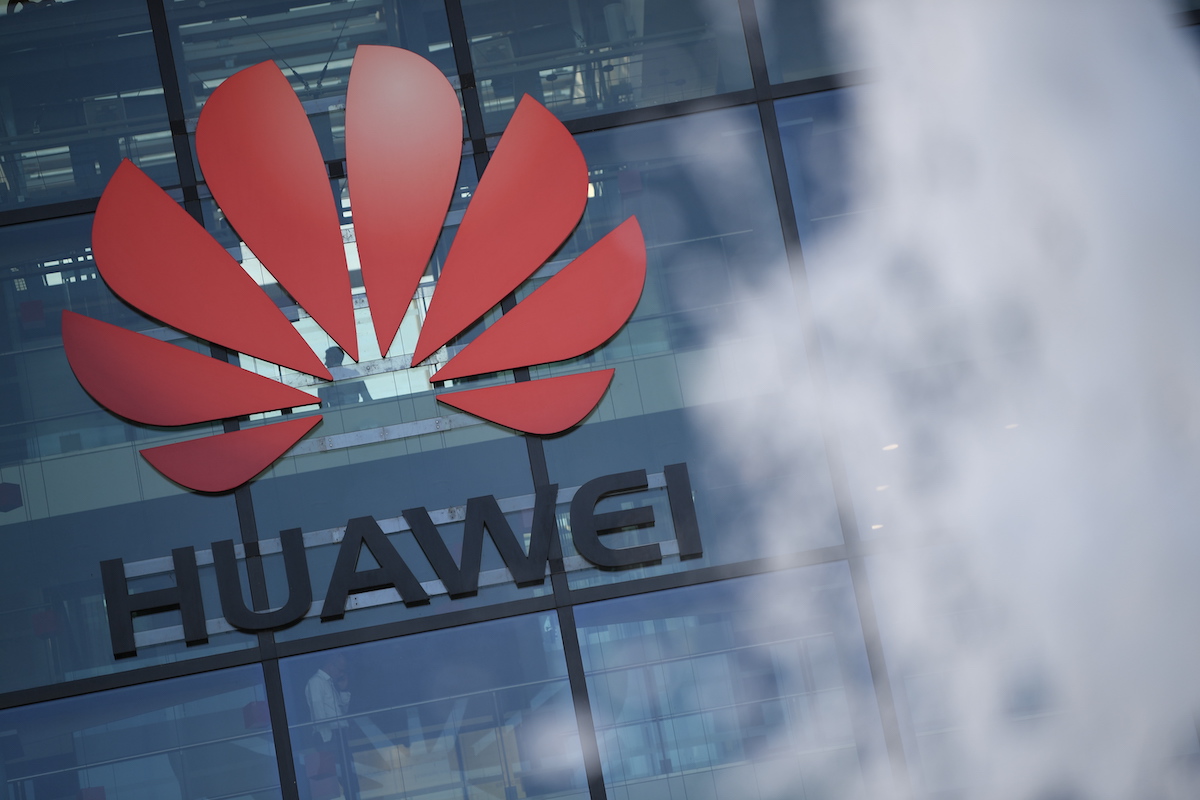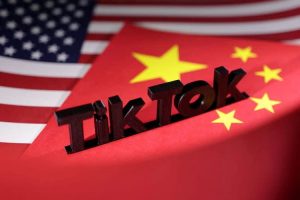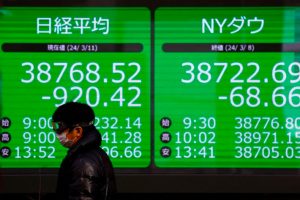(ATF) Huawei and ZTE are speeding up ‘de-Americanisation’ – starting to change product designs and a plan to reduce dependence on the United States, according to reports by Taiwan’s ‘Economic Daily News’ and Nikkei in Japan, who quoted sources at the two telecom equipment giants.
Huawei and ZTE have slowed down the pace of installing fifth-generation (5G) mobile base stations on the mainland because it takes time to make relevant changes, according to Huangqiu, a Chinese state media outlet.
But obviously, as reported earlier by ATF, Huawei admitted that it had run out of the advanced chips it was using in its handsets due to US-led sanctions.
The report said Huawei and ZTE rely on manufacturers such as Wen Mao, Taishuo, Lianya, Shengdak, and Huatong from Taiwan for their supply of PCBs – printed circuit boards.
With Huawei and ZTE slowing down the erection of 5G base stations on the mainland, suppliers and investors in the market are worried about reducing orders for Taiwan’s supply chain and disrupting the pace of subsequent production.
According to the Economic Daily, Wen Mao, in particular, is a supplier of Huawei base station power amplifiers, with a revenue of 15% to 20% from Huawei, and the market investors fear it has been the most affected.
But Wen Mao chairman Chen Jincai said on Wednesday (Aug 19) that 5G is already a trend. At most, construction would be delayed, and construction would continue, so there was no need to worry too much.
But Chen Jincai said the US-China trade conflict would not stop in a short period of time, and the supply chain had to pay attention to market changes. At present, it was not be overly worried about business opportunities in the 5G market. It would still expand production capacity according to its plan to fully meet customer needs.
PCB industry players said Huawei and ZTE still attach great importance to infrastructure requirements. Various new designs were finalised two months ago, and relevant suppliers have already cooperated to complete verification of the designs.
New designs
Huawei and ZTE had accelerated their “de-beautification” work since May. Huawei had also changed its designs – relevant PCB and CCL substrate manufacturers had completed new designs over the past two months, they said.
A ZTE parts supplier told Nihon Keizai Shimbun: “Customers have told us to slow down shipments in June, and shipments almost completely stopped in July.” And this is traditionally peak season for these products.
Nihon Keizai Shimbun said parts suppliers revealed that Huawei had changed some designs and replaced the equipment used in the manufacturing process, thus slowing down the speed at which 5G base stations were being installed. The director of the supplier said: “In addition, this customer may also cut orders by the end of this year.”
United States ramped up its sanctions on Huawei recently. Secretary of State Mike Pompeo said in a statement that the Department of Commerce had tightened restrictions on Huawei’s access to US technology, and at the same time included Huawei’s 38 subsidiaries in 21 countries on its “entity list”.
But Nikkei Chinese Net reported that Huawei had predicted a new round of sanctions and increased its component inventory. The company balance sheet at the end of 2019 showed that “inventory and other contract costs” reached 167.3 billion yuan, an increase of 73% from the end of 2018.
So, they had time to prepare for the crisis they now face.
























